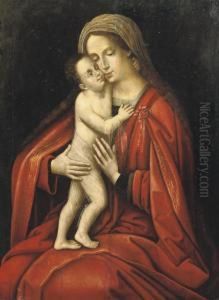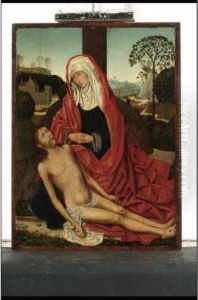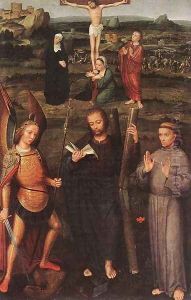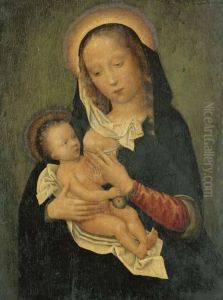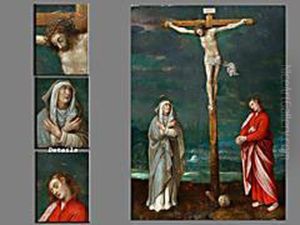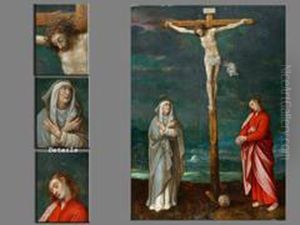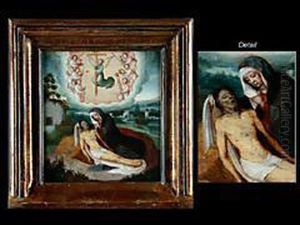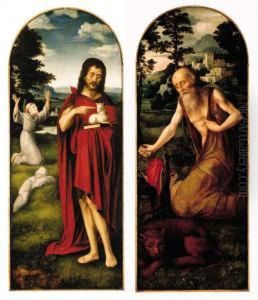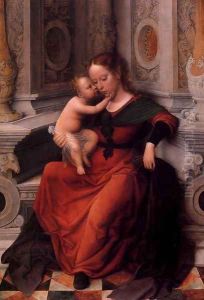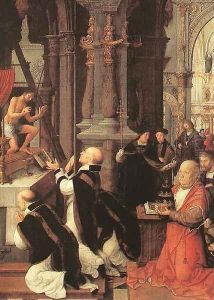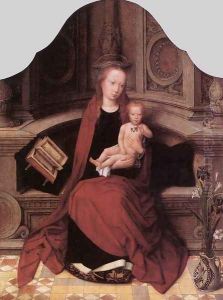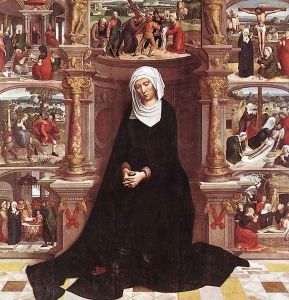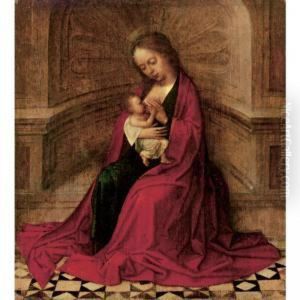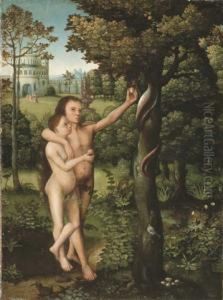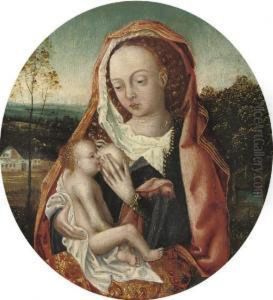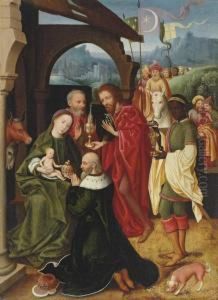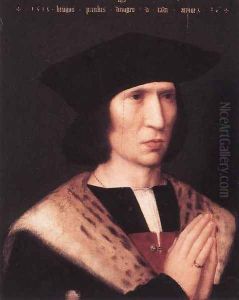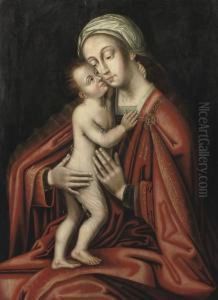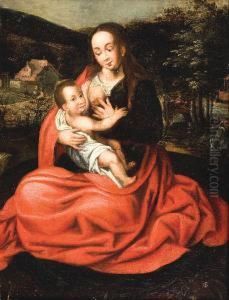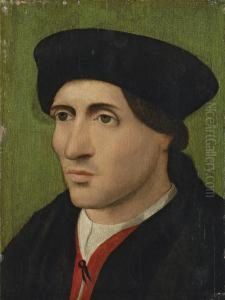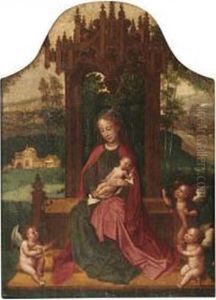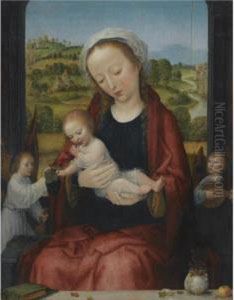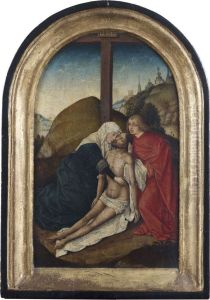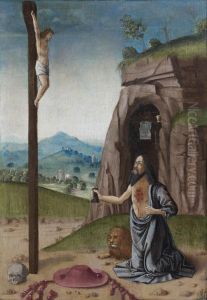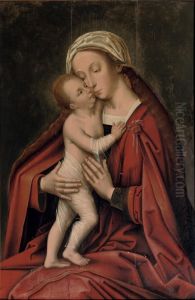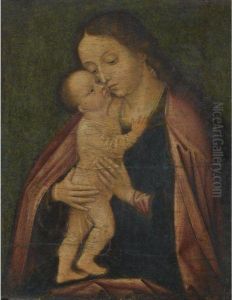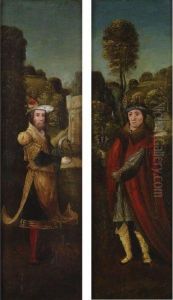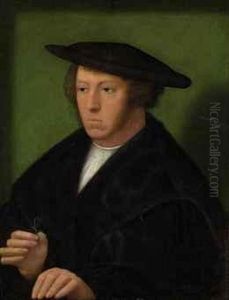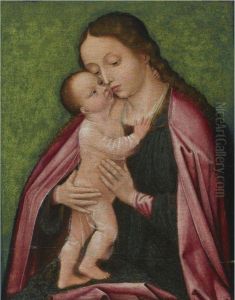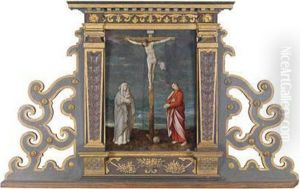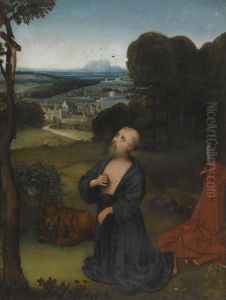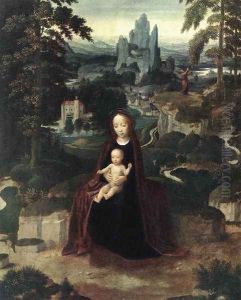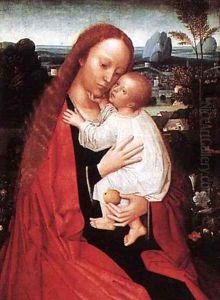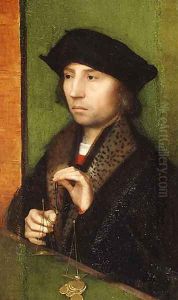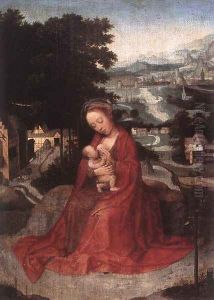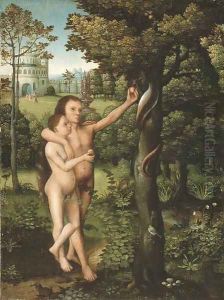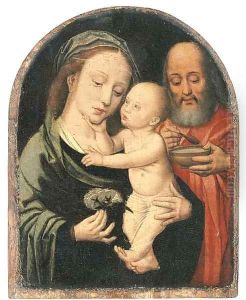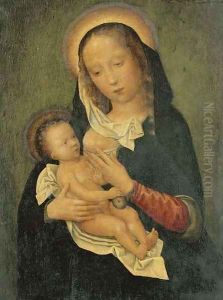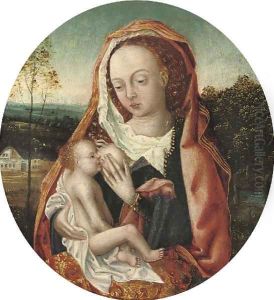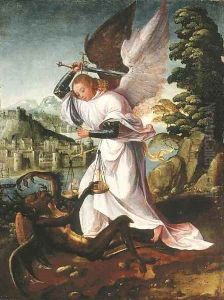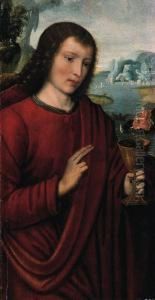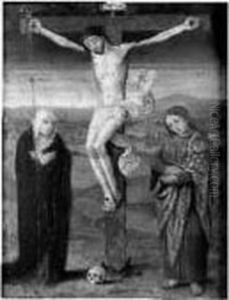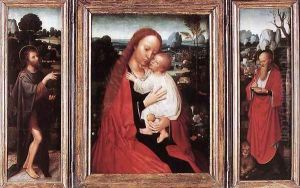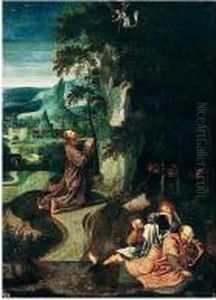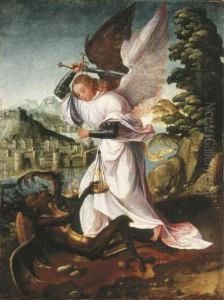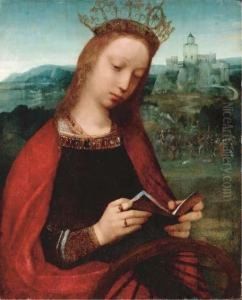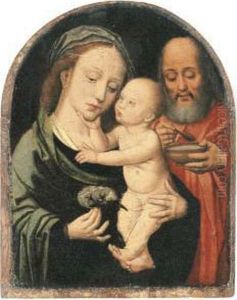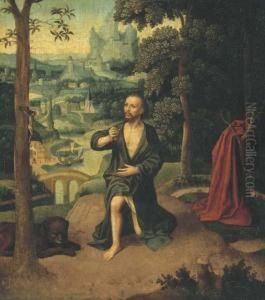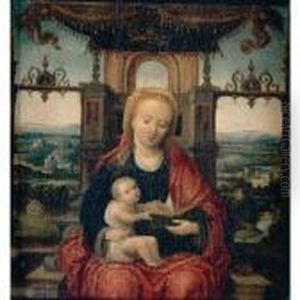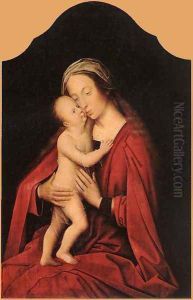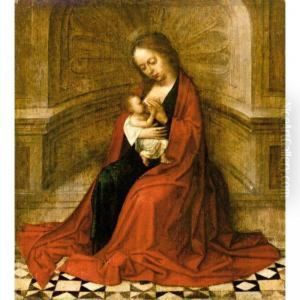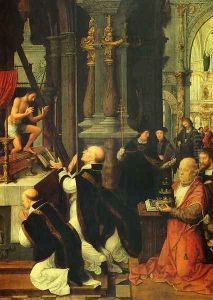Adriaen Isenbrandt (Ysenbrandt) Paintings
Adriaen Isenbrandt, sometimes also referred to as Adriaen Ysenbrandt or Isenbrant, was a Northern Renaissance painter hailing from the Southern Netherlands. He was born around 1480-1490 and died in 1551 in Bruges. Isenbrandt is often recognized for his contribution to Early Netherlandish painting, which was characterized by its detailed landscape and portrait work, with an emphasis on domesticity and everyday life.
His exact birthplace is uncertain, but Isenbrandt is believed to have trained in Haarlem or Antwerp, which were significant art centers at the time. He became a master in the Bruges Guild of Saint Luke in 1510 and was highly productive and well-respected in the city throughout his career.
Isenbrandt’s work was heavily influenced by the Bruges master painter Hans Memling, and he is known to have produced religious works, portraits, and triptychs. His paintings are noted for their serene and devotional qualities, meticulous attention to detail, and subtle use of color. He was skilled at capturing textures and depicting intricate details such as jewelry, clothing, and landscape backgrounds.
Among his notable works are the 'Death of the Virgin' and the 'Madonna of the Seven Sorrows.' These pieces illustrate his ability to blend traditional religious themes with the more personal, intimate devotions that were becoming popular in the region at the time.
Isenbrandt's clientele included not only the local religious institutions but also wealthy private patrons. Despite his success, there has been some confusion about his work due to the similarity in style to other artists of the period, which has led to misattribution in some cases. Nonetheless, his work remains an important part of the artistic heritage of the Northern Renaissance.
After his death in 1551, Isenbrandt's style continued to influence painters in Bruges and beyond, and his works have been collected and admired for their quiet beauty and refined execution. His contribution to the art of the Low Countries places him among the notable artists of the Northern Renaissance, even though his individual fame has been somewhat overshadowed by other masters like Jan van Eyck and Rogier van der Weyden.
